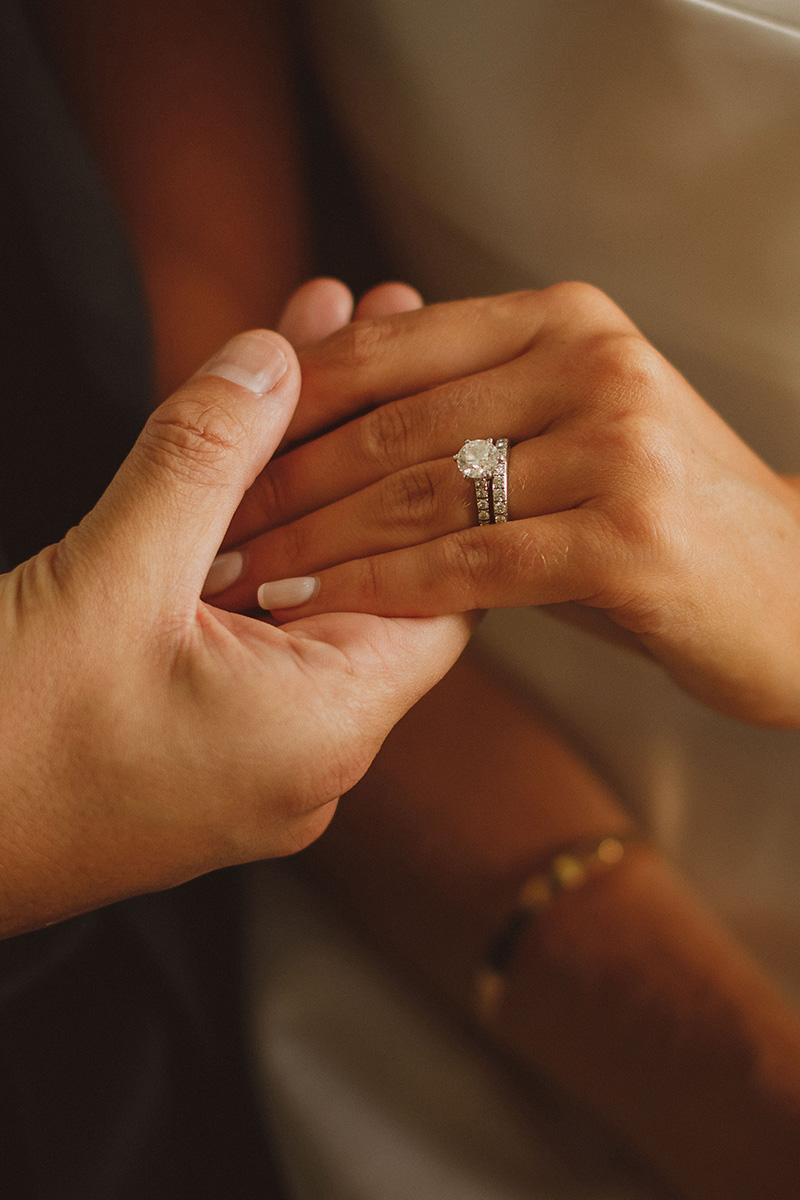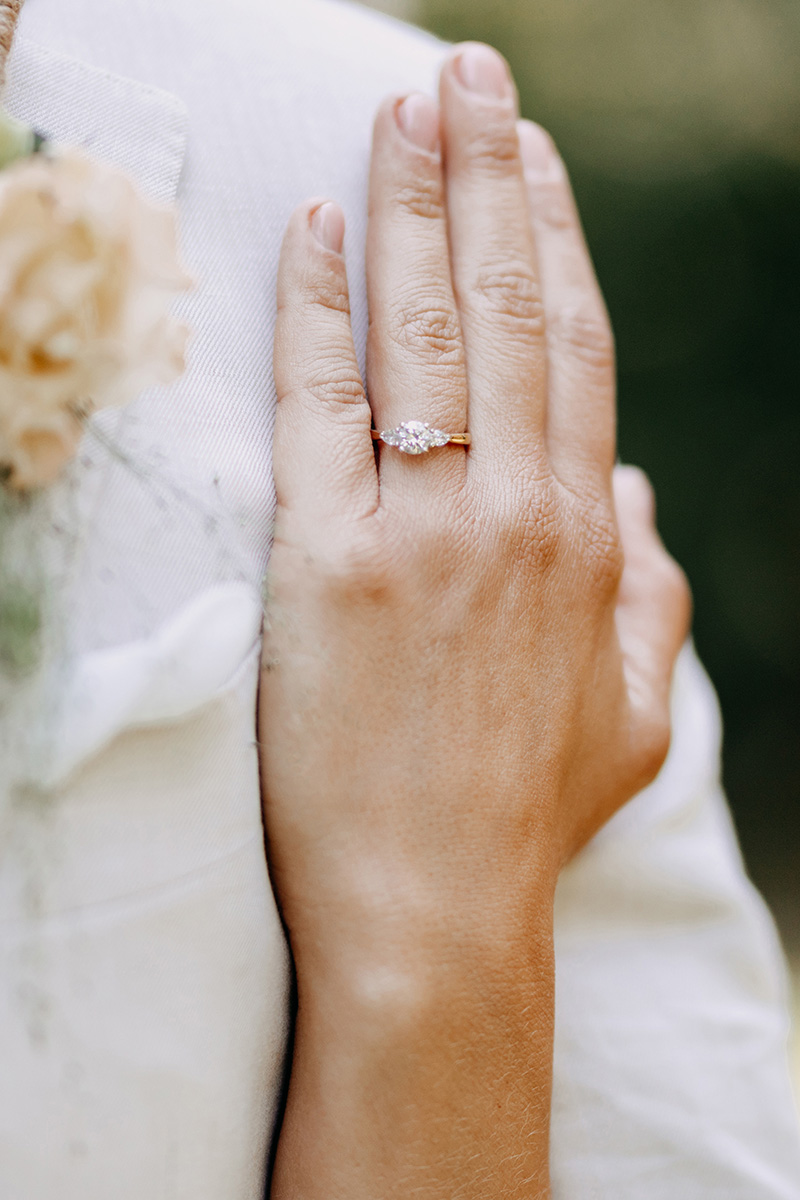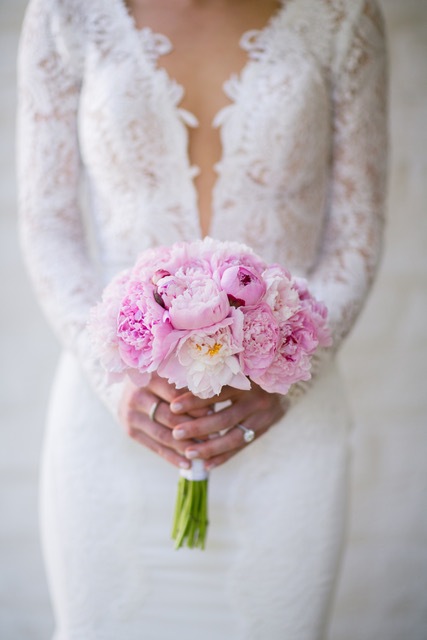Understanding the origins and types of pearls can help you make informed choices when selecting the perfect pearls for your jewellery collection.
To grasp the price disparities among pearls, it is first of all very crucial to discern whether they are natural or cultured.
1. Natural Pearls: Formed spontaneously in the wild, natural pearls are rare and highly prized for their unique shapes, luster, and colors. They are produced by mollusks, such as oysters and mussels, in response to an irritant that enters their shell.
2. Cultured Pearls: Cultured pearls are created through a process where a technician implants a nucleus into the mollusk, stimulating the production of nacre. These pearls can be freshwater or saltwater, depending on the type of mollusk used. Cultured pearls are more abundant than natural pearls and come in a wide range of shapes, sizes, and colors.
Types of Cultured Pearls:
• Freshwater Pearls: Cultivated in freshwater lakes, rivers, and ponds, freshwater pearls are known for their affordability and wide range of colors, shapes, and sizes. They often exhibit unique baroque shapes and have a high luster.
• Akoya Pearls: Cultivated primarily in Japan, Akoya pearls are renowned for their exceptional luster, smooth surface, and round shape. They are typically white or cream-colored, with overtones of pink or silver.
• South Sea Pearls: Cultivated in the warm waters of the South Pacific, South Sea pearls are among the largest and most valuable pearls available. They are prized for their large size, roundness, and luxurious luster, ranging in color from white to golden.
• Tahitian Pearls: Cultivated in the black-lipped oyster in French Polynesia, Tahitian pearls are celebrated for their dark, exotic colors, ranging from black and gray to peacock green and eggplant. They are valued for their unique hues and high luster.
While there isn't an universally recognized pearl grading system, there are established quality factors to keep in mind when purchasing pearls.
1. Luster: A high-quality pearl will have a bright, reflective surface known as luster. Look for pearls that reflect light well and have a deep, mirror-like shine.
2. Surface: Examine the surface of the pearl for any blemishes, spots, or imperfections. Higher-quality pearls will have a smooth surface with minimal flaws.
3. Shape: Pearls come in various shapes, including round, near-round, oval, button, drop, and baroque. Round pearls are typically the most valuable, but other symmetrical shapes can also be prized.
4. Size: Larger pearls are generally more valuable, especially if they maintain high luster and surface quality. However, size preferences can vary depending on personal taste and the intended use of the pearls.
5. Color: Assess the color of the pearl, which can range from white and cream to pink, silver, gold, and black. Look for pearls with a consistent, attractive hue that complements the wearer’s skin tone.
6. Nacre Thickness: Nacre is the iridescent layer that forms around the pearl nucleus. Thicker nacre typically results in a more durable and long-lasting pearl with better luster.
7. Matching: For jewelry sets or strands of pearls, consistency in size, shape, color, luster, and surface quality is essential for a cohesive and attractive appearance.





